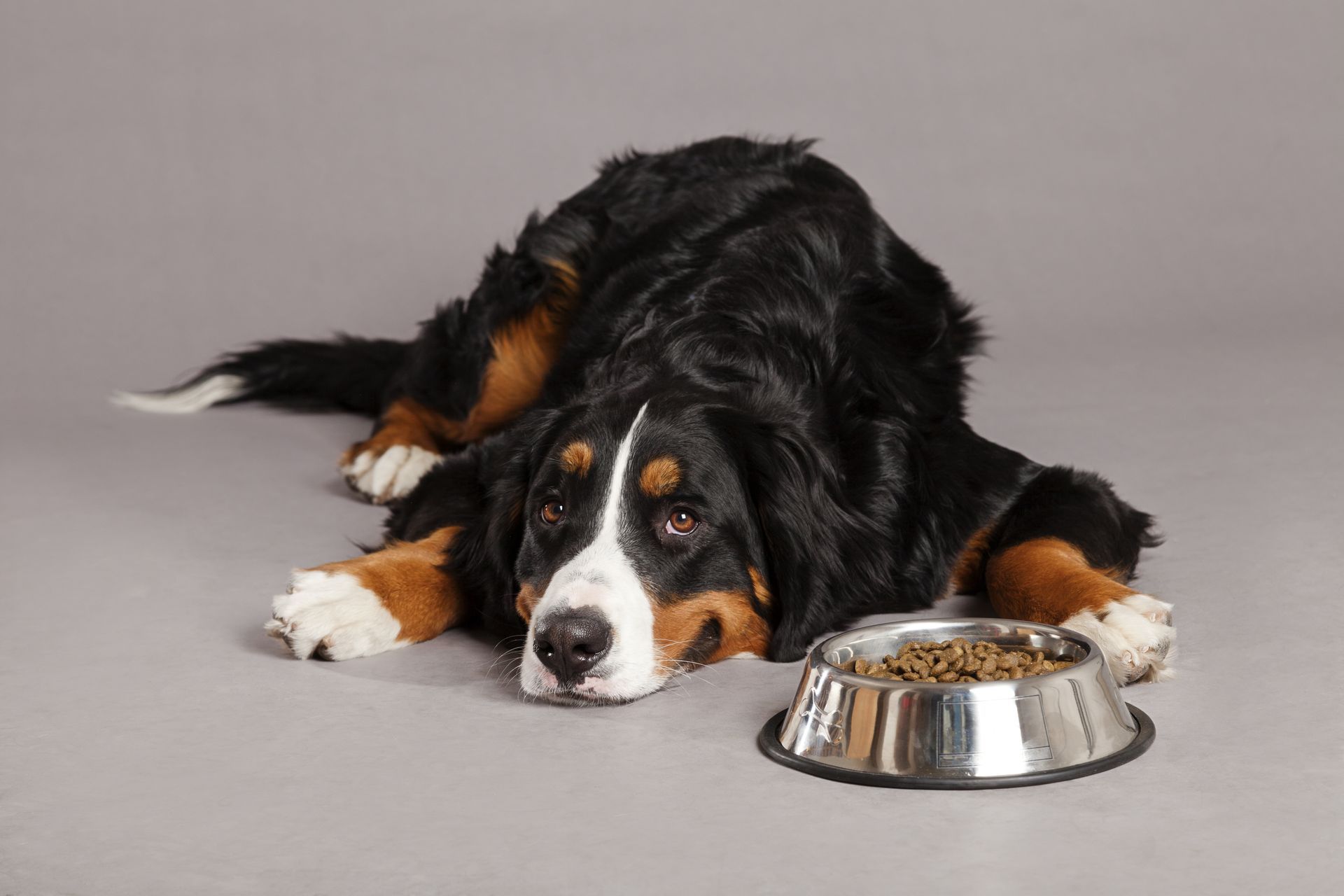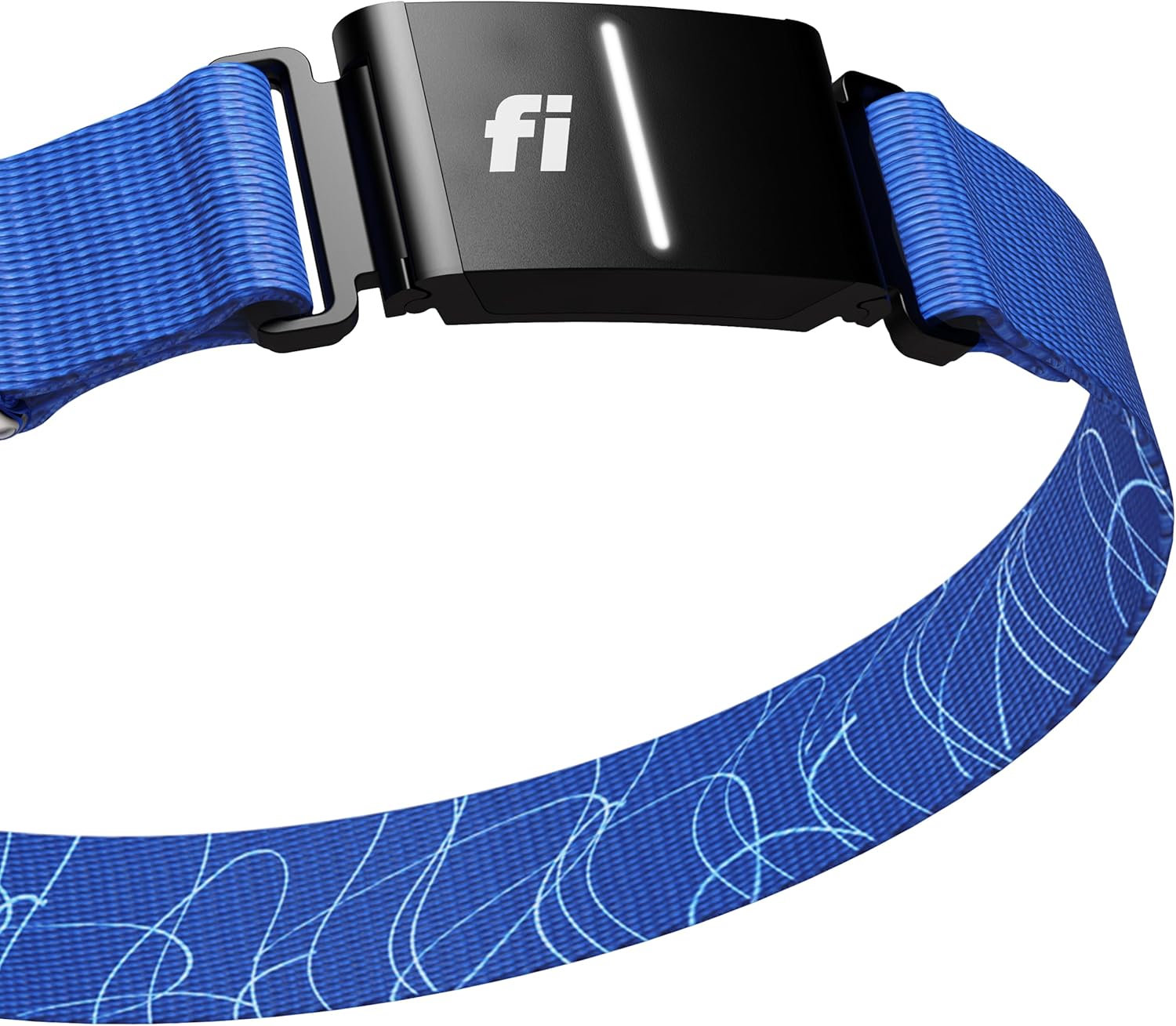If you’re a dog owner, you’re likely always on the lookout for the best ways to keep your furry friend healthy and happy. One trend that’s been gaining traction in recent years is frozen dog food. But what exactly is it, and is it right for your pet? In this comprehensive guide, we’ll delve into everything you need to know about frozen dog food, from its safety and benefits to how to choose the right one for your dog.
What is Frozen Dog Food?
Frozen dog food, also known as raw or fresh dog food, is a type of pet food that’s stored in the freezer to maintain its freshness. It’s typically made from a blend of raw meats, fruits, vegetables, and other natural ingredients, and it’s designed to mimic the diet that dogs would naturally eat in the wild.
The Benefits of Frozen Dog Food
There are several potential benefits to feeding your dog a frozen diet:
Improved Digestion: Raw foods are often easier for dogs to digest than processed foods, which can lead to improved gut health and fewer digestive issues.
Healthier Skin and Coat: Many owners report that their dogs have shinier coats and healthier skin after switching to a frozen diet.
Better Weight Management: Frozen dog food is often lower in carbohydrates than traditional kibble, which can help dogs maintain a healthy weight.
Increased Energy Levels: The high-quality proteins and fats in frozen dog food can provide your dog with a steady source of energy.
Reduced Allergy Symptoms: Some dogs with food allergies or sensitivities may benefit from a frozen diet, as it’s typically free of common allergens like corn, wheat, and soy.
Safety Considerations
While there are many potential benefits to feeding your dog a frozen diet, it’s also important to consider the safety aspects:
Proper Handling: Just like with raw meat for human consumption, raw dog food needs to be handled carefully to prevent the spread of bacteria. Always wash your hands and any surfaces or utensils that come into contact with the raw food.
Balanced Nutrition: Not all frozen dog foods are created equal. Some may not provide a balanced diet for your dog, so it’s important to choose a product that’s been formulated to meet the nutritional levels established by the AAFCO Dog Food Nutrient Profiles.
Bone Content: Some frozen dog foods contain whole bones, which can pose a choking hazard or cause other injuries. If you choose a food with bones, make sure they’re ground to a safe size.
Choosing the Right Frozen Dog Food
When it comes to choosing a frozen dog food, there are a few key factors to consider:
Quality of Ingredients: Look for a product that uses high-quality, human-grade ingredients. Avoid foods with fillers, artificial preservatives, or unspecified meat sources.
Nutritional Balance: As mentioned earlier, it’s important to choose a food that provides a balanced diet. Look for a statement on the packaging that the food meets the nutritional levels established by the AAFCO.
Price: Frozen dog food can be more expensive than traditional kibble, so consider your budget. However, remember that investing in high-quality food now could potentially save you money on vet bills in the future.
Your Dog’s Preferences: Every dog is unique, and what works for one might not work for another. You might need to try a few different brands or formulas to find one that your dog likes and does well on.
Frozen Dog Food Brands
Stella & Chewy’s: Stella & Chewy’s is renowned for its commitment to using responsibly sourced proteins in their frozen raw dog food. This means that the meat used in their products comes from animals that were raised in humane conditions without the use of antibiotics or hormones. Their recipes are grain-free, making them a good choice for dogs with grain sensitivities. Additionally, they incorporate organic fruits and vegetables into their meals, ensuring your dog gets a balanced diet full of essential nutrients.
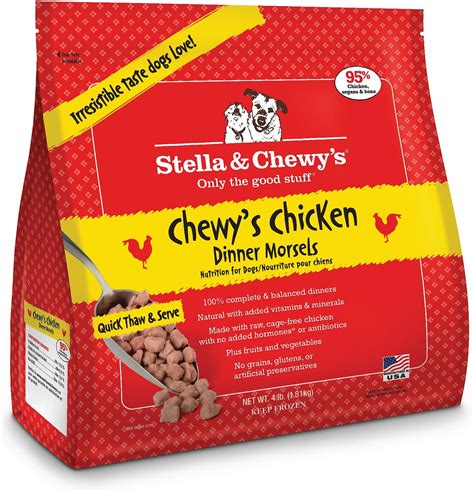
Primal Pet Foods: Primal Pet Foods stands out for its variety and quality. They offer a wide range of frozen raw diets, including formulas for dogs with specific dietary needs. Their products are made with high-quality, sustainably sourced ingredients, and they’re free of grain, gluten, corn, wheat, and soy. Primal Pet Foods also uses a unique ‘butcher-style’ grind, which maintains the integrity of the ingredients and ensures a texture that dogs love.
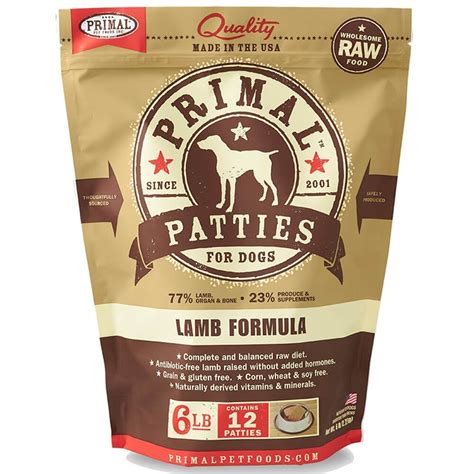
Nature’s Variety Instinct: Nature’s Variety Instinct is known for its high-protein, grain-free raw frozen diets. They offer a variety of protein options, including beef, chicken, rabbit, and more, allowing you to choose the one that best suits your dog’s preferences and dietary needs. Their recipes also include fruits, vegetables, and other wholesome ingredients, providing a balanced and nutritious diet for your dog.
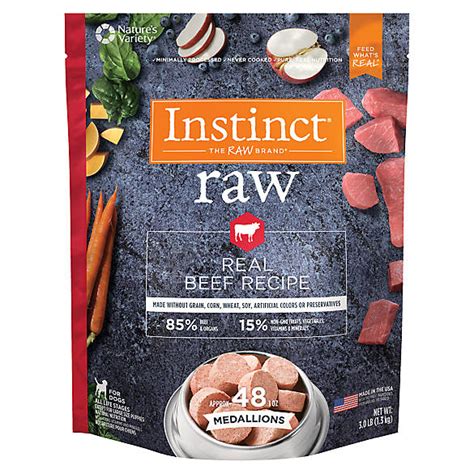
Steve’s Real Food: Steve’s Real Food offers a range of frozen raw diets, including options for dogs with allergies or sensitivities. Their recipes are free of grains, gluten, and fillers, and they use only high-quality, responsibly sourced ingredients. Steve’s Real Food also emphasizes the use of goat milk in their recipes, which is a natural source of probiotics and can help support your dog’s digestive health.
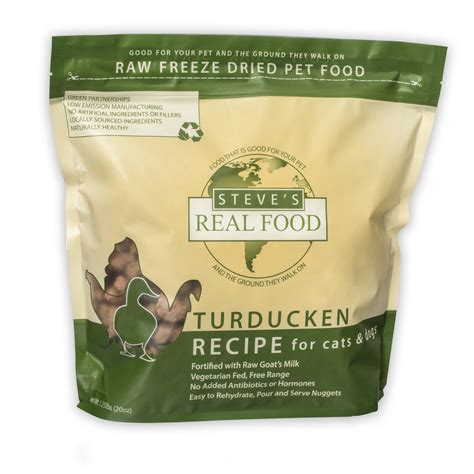
Vital Essentials: Vital Essentials offers a line of frozen raw dog food that is designed to provide a balanced and nutritious diet for your pet. Their recipes are based on the ALPHA Prey-Model Diet, which means they focus on providing high-quality animal protein with added organ meats for extra nutrition. Their products are grain-free and gluten-free, making them a good choice for dogs with dietary sensitivities. Vital Essentials uses a unique freeze-drying process to lock in the natural enzymes, vitamins, and minerals in their ingredients, ensuring your dog gets the maximum nutritional benefit. Their commitment to replicating a natural, prey-based diet and their use of high-quality, carefully processed ingredients make them a standout choice in the frozen dog food market.
Conclusion
Frozen dog food can be a great option for many dogs, offering a range of potential health benefits. However, it’s important to choose a high-quality product and handle it safely to ensure your dog’s health and well-being. As always, if you’re considering making a major change to your dog’s diet, it’s a good idea to consult with your vet first. They can provide personalized advice based on your dog’s age, breed, health status, and nutritional needs.
By understanding the ins and outs of frozen dog food, you can make an informed decision about the best diet for your furry friend.
Frequently Asked Questions (FAQ)
What is frozen dog food?
Frozen dog food, also known as raw or fresh dog food, is a type of pet food that’s stored in the freezer to maintain its freshness. It’s typically made from a blend of raw meats, fruits, vegetables, and other natural ingredients.
Is frozen dog food safe for my dog?
Yes, frozen dog food can be safe for your dog if handled and prepared correctly. However, it’s important to choose a high-quality product that provides a balanced diet and to handle it safely to prevent the spread of bacteria.
What are the benefits of frozen dog food?
Potential benefits of frozen dog food include improved digestion, healthier skin and coat, better weight management, increased energy levels, and reduced allergy symptoms.
How do I choose the right frozen dog food?
When choosing a frozen dog food, consider the quality of the ingredients, whether the food provides a balanced diet, the price, and your dog’s preferences.
Can I feed my dog both kibble and frozen dog food
Yes, many dog owners choose to feed a combination of kibble and frozen dog food. This can provide the benefits of a raw diet while also offering the convenience and affordability of kibble. However, it’s important to ensure that your dog is still getting a balanced diet.
Do I need to consult with a vet before switching to frozen dog food?
It’s always a good idea to consult with your vet before making a major change to your dog’s diet. They can provide personalized advice based on your dog’s age, breed, health status, and nutritional needs.
Is frozen dog food more expensive than traditional kibble?
Generally, frozen dog food is more expensive than traditional kibble due to the high-quality, fresh ingredients used. However, many owners find that the potential health benefits are worth the extra cost.
Enjoyed reading this article? There’s plenty more where that came from! Check out our blog for more insightful articles and tips about your furry friends. Here are a few you might find interesting:
– Pet Friendly Hotels Near Lax Airport
– Top Organic Dog Foods of 2023: Nourishing Your Dog Naturally
– How to Protect Your Dog from Foxtails in Los Angeles
– Unlocking the Benefits of Premium Dog Vitamin Supplements
– The Top 5 Dog-Friendly Hotels in Beverly Hills, CA
– Top 10 Dog Breeds Active Families
– The Ultimate Puppy Pad Showdown!
Keep exploring and learning with Trusty Paws!
